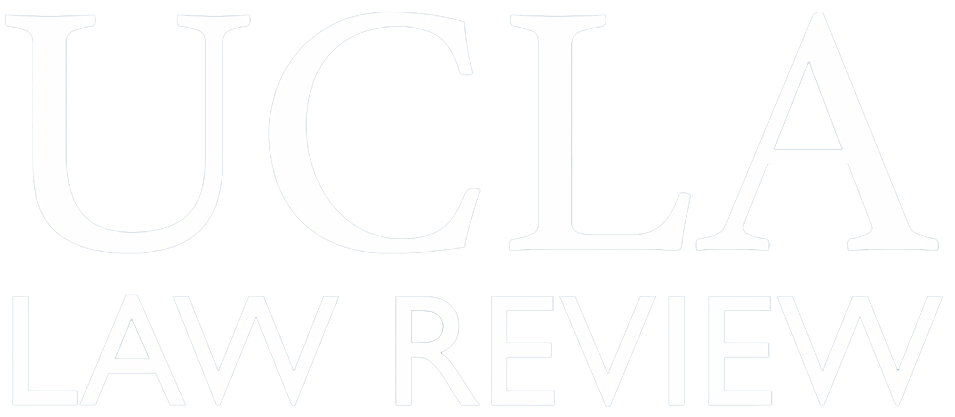Abstract
Why do parties use non-binding agreements? This Article explores the role of non-binding preliminary agreements in mergers and acquisitions (M&A) deals. It provides a modern, comprehensive account of how and why sophisticated parties use these common bargaining tools, even when they have the option of using binding contracts.
In private M&A deals, parties enter into non-binding preliminary agreements, such as term sheets and letters of intent. Once parties sign a non-binding agreement, they behave as though bound and almost always follow up with a formal contract with terms that closely resemble the non-binding agreement’s terms. Scholars and courts have long treated preliminary agreements as contract-like tools that parties will enforce when counterparties breach. This Article develops an alternative explanation for why parties use non-binding preliminary agreements. These agreements are not contracts—rather, they are signposts for when enough momentum has accumulated that a deal is likely to go forward. Despite not being contracts, however, preliminary agreements’ signaling, organizational, and formal functions can facilitate complex dealmaking.
Using interviews with deal lawyers, this Article provides a rich and layered account of how sophisticated parties use these agreements in modern dealmaking. Parties almost never disclose non-binding preliminary agreements publicly, so interviews offer a rare glimpse into this common, but little-understood, deal practice. This Article also differentiates, for the first time, between the formal and substantive functions of preliminary agreement-making. By focusing on these agreements’ contractual qualities (their substantive functions), scholars have overlooked their useful formal functions. By reframing preliminary agreements as signposts for deal momentum, rather than as contracts, this Article highlights those functions, and discusses the implications of this reframing for contract theory, contract enforcement, and deal design.
